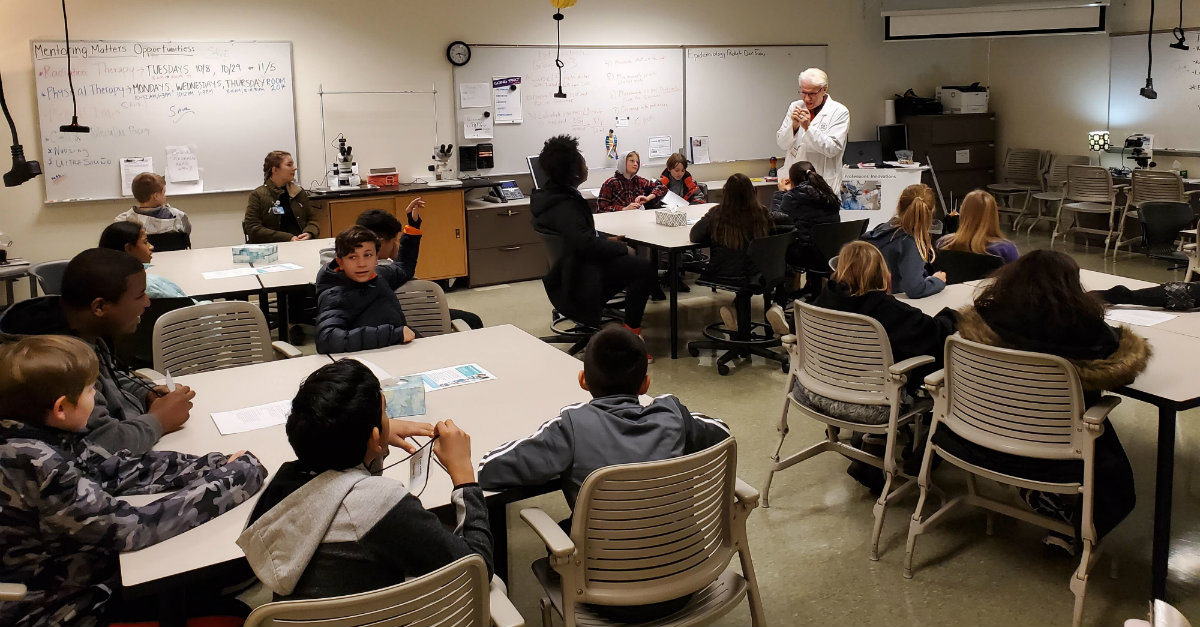Our classrooms are filled with students of varying degrees of ability. Fundamentally, one of the biggest challenges we have as educators is meeting the variety of needs for all our students. As we start this school year strong, it is essential that we are equipped with the right tools. Especially in order to help our students progress down that path to success. This brings me to my main point; the three areas to base your differentiation needs. Check out these resources to help you put your students on a differentiated path to success.
There are many ways that we can choose to differentiate. However, when we focus on student motivation, student choice, and student understanding, we can zoom in on more specific strategies.
Student Motivation
Humans are motivated by four main “Drive Languages”: Relatedness, Autonomy, Mastery, and Purpose. We see these areas channeled in our students everyday. Knowing how to address these motivators in our students can be a tricky process, but a very valuable one. Check out Drive Languages Explained. Then, ask your students which of these speaks most strongly to them. Use the Student Motivation Strategies to consider practical ways in which you can tap into their most powerful motivators.
Students can determine their drive language by using the On-RAMP Survey to analyze their approach to learning. Once students have completed the survey, follow the steps in this video tutorial to analyze their responses with the Drive Language Analyzer.
Student Choice
We know the power in giving our students choice in their learning. Not only does it build confidence, but it enables them to become independent learners and problem-solvers who are engaged in the learning process.
Choice boards and learning menus enhance student engagement in the classroom while also allowing for differentiation to promote learning. When designing a Student Choice Board or Learning Menu, consider 3 layers of learning: surface learning, deep learning, and application. Check out this choice board template from Shaelyn Farmsworth, make a copy, and start creating your own choice board around a topic or concept that you are teaching! Use these additional examples for inspiration.
Student Understanding
While this is at the core of learning, it can be overwhelming to figure out how to meet the needs of all of our students in order to get them to a level of understanding and mastery. We are constantly evaluating our students – and this is a great thing! If you are looking for a way to use that pre-assessment or formative assessment to drive future learning, try tiering assignments! Tiered assignments are, essentially, parallel tasks provided to small groups of students based on their similar levels of readiness. Make a copy of this tiering template to design your own tiered tasks, and check out this resource to learn more.
This quote by Louis D. Brandeis rings true, “In differentiation, not in uniformity, lies the path of progress.” If we want to drive learning forward, we know that what is appropriate and on-target for one, is not appropriate and on-target for all. Hopefully the resources that are outlined here are both helpful and appropriate as you look to meet the varying needs of your students.

